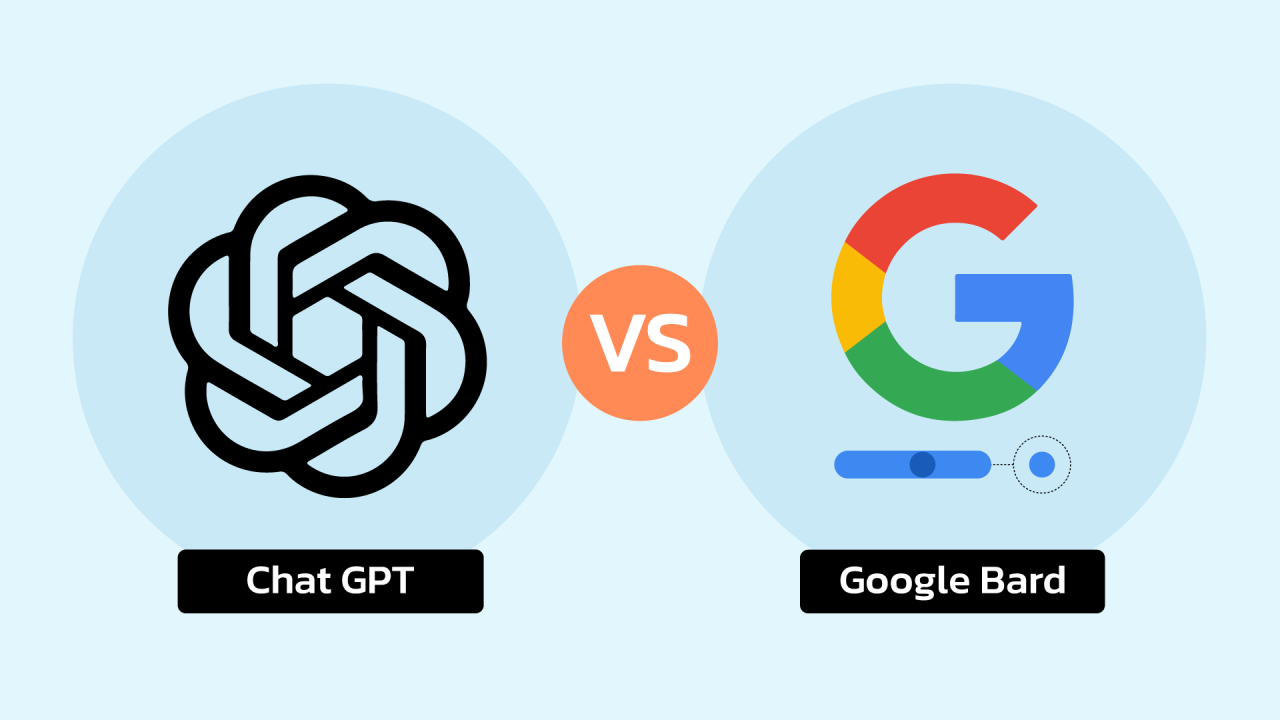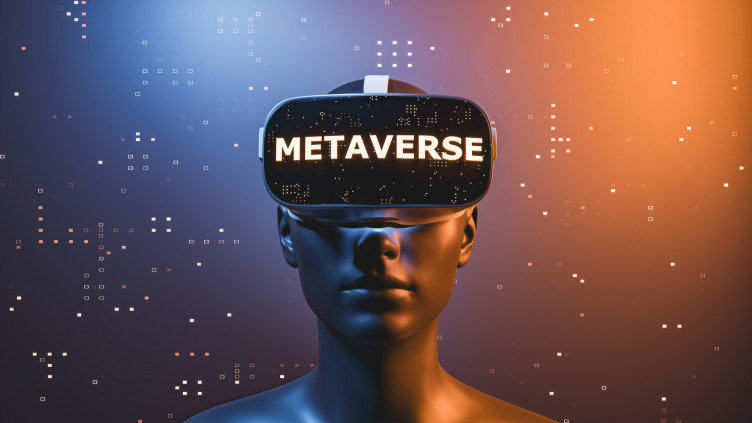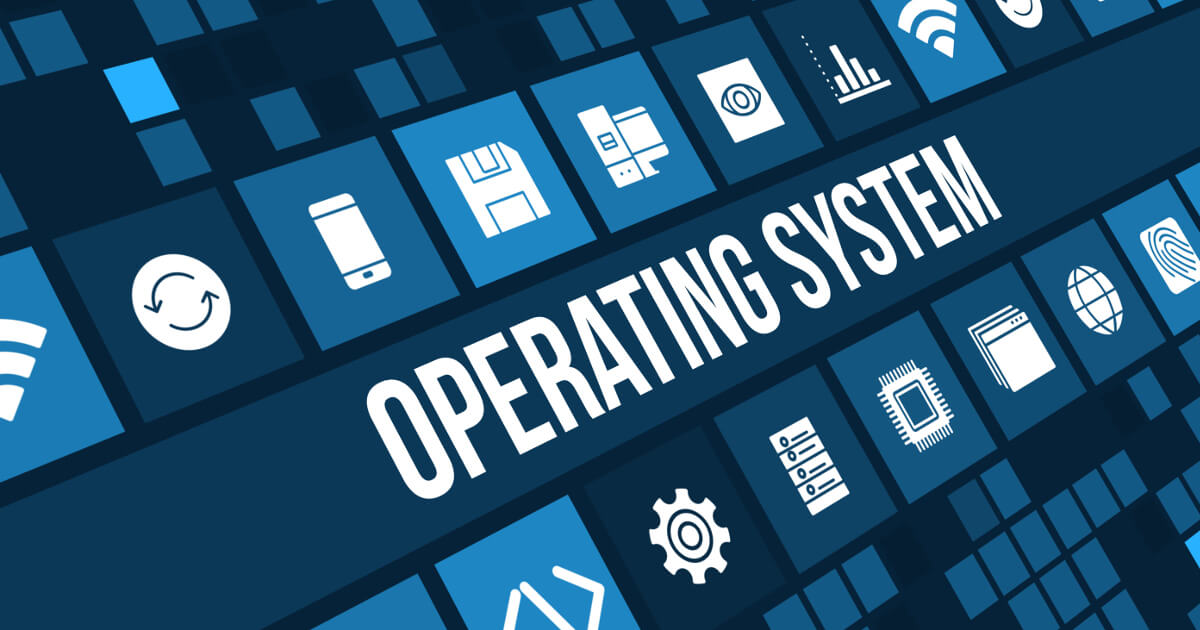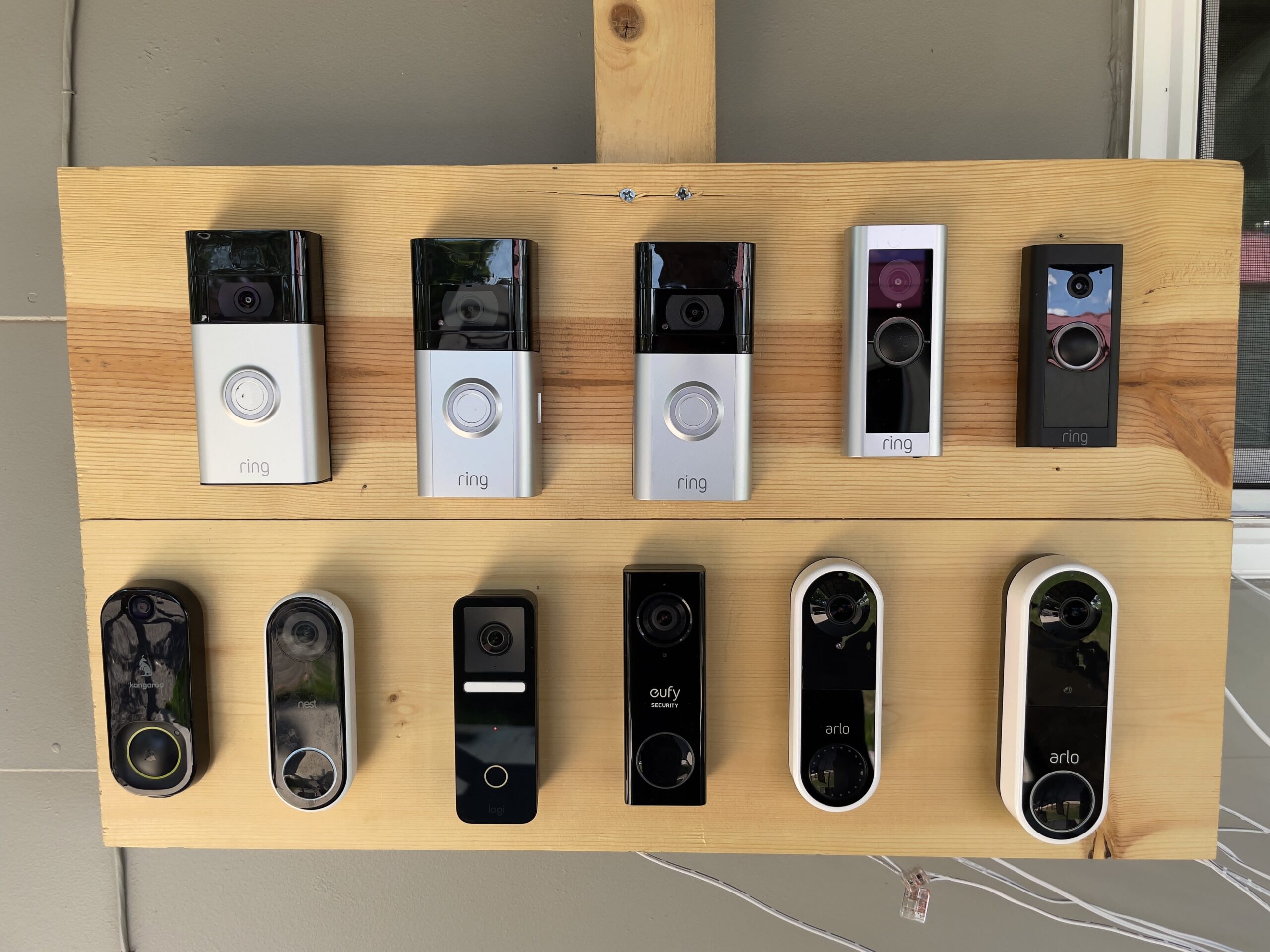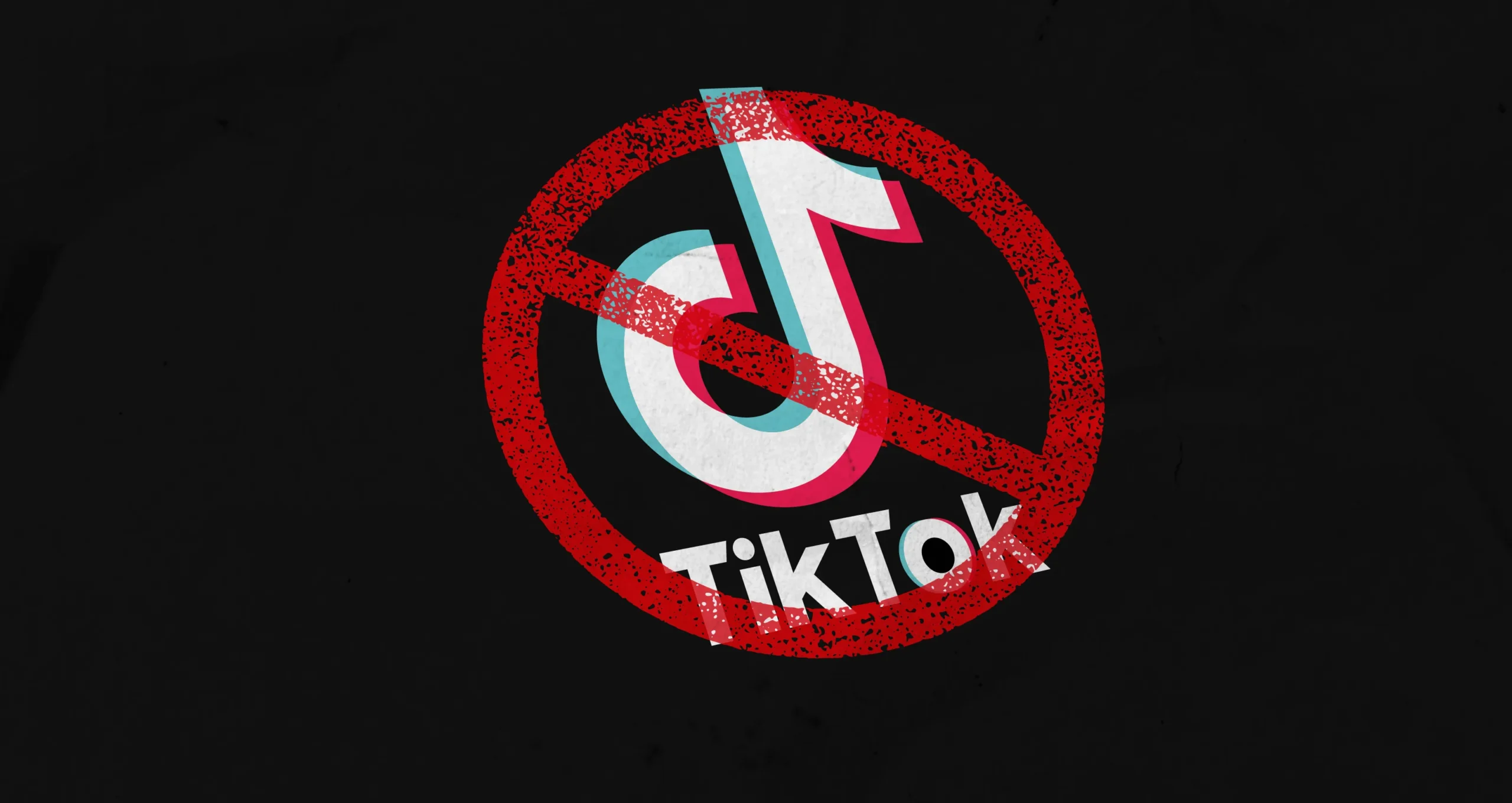ChatGPT and Bard are two of the most advanced AI language models available today. They are both capable of generating natural language texts based on user inputs, but they have different strengths and weaknesses.
Artificial intelligence (AI) is actually a rapidly evolving field that has many applications and implications for various domains and disciplines. One of the most fascinating and challenging aspects of AI is natural language generation (NLG), which is the ability of machines to produce natural language texts based on user inputs or data.
NLG can be used for various purposes, such as writing, summarizing, translating, answering, and more. In this article, we will compare and contrast two of the most advanced NLG models available today: ChatGPT and Bard.
ChatGPT and Bard are both deep neural network models that can generate natural language texts in different domains and styles. ChatGPT is developed by OpenAI, a research organization dedicated to creating artificial intelligence that can benefit humanity. Bard is developed by Google, a multinational technology company that offers various products and services, such as search engines, cloud computing, and artificial intelligence.
Both models are trained on large corpora of text data from various sources, such as books, news articles, Wikipedia, and web pages. However, they have different architectures, methods, and capabilities that make them suitable for different tasks and scenarios.
In the following sections, we will examine the strengths and weaknesses of ChatGPT and Bard in terms of their suitability for coding tasks. Coding is one of the most complex and creative forms of writing, as it requires logic, syntax, semantics, and functionality. Coding also involves different programming languages, such as Python, Java, C++, and more.
We will evaluate how ChatGPT and Bard can generate code in different programming languages, as well as how they can handle factual information, coherence, fluency, diversity, and relevance. We will also discuss the potential benefits and risks of using ChatGPT and Bard for coding, as well as the ethical and social implications of their use.
Read Also: Comparing The New iPhone 15 Pro Max and Google Pixel 8 Pro
Chat GPT or Bard?

ChatGPT is a language model developed by OpenAI, a research organization dedicated to creating artificial intelligence that can benefit humanity. ChatGPT uses a deep neural network architecture called GPT-4, which has 175 billion parameters and can generate texts up to 2048 tokens long. ChatGPT is trained on a large corpus of text data from various sources, such as books, news articles, Wikipedia, and web pages. ChatGPT can generate texts in different domains and styles, such as stories, essays, poems, jokes, code, and more.
Bard is a language model developed by Google, a multinational technology company that offers various products and services, such as search engines, cloud computing, and artificial intelligence. Bard uses a deep neural network architecture called BERT, which has 11 billion parameters and can generate texts up to 512 tokens long. Bard is trained on a subset of Google’s search index, which contains billions of web pages from different domains and languages. Bard can generate texts that are relevant to user queries, such as answers, summaries, explanations, and more.
One of the main differences between ChatGPT and Bard is their approach to generating texts. ChatGPT uses an autoregressive method, which means that it generates texts one token at a time, based on the previous tokens. Bard uses a non-autoregressive method, which means that it generates texts in parallel, based on the whole input. This makes ChatGPT more coherent and fluent, but also slower and more prone to repetition. Bard is faster and more diverse, but also less consistent and noisier.
Another difference between ChatGPT and Bard is their ability to handle factual information. ChatGPT’s knowledge is limited to events up to 2021, and it does not update its information based on new data. Bard, on the other hand, has access to real-time information from the internet, and it can provide multiple responses with sources for each query. This makes Bard more accurate and reliable, but also more dependent on the quality of the data. ChatGPT is more creative and flexible, but also more speculative and unreliable.
When it comes to coding tasks, both ChatGPT and Bard have some advantages and disadvantages. ChatGPT can generate code in different programming languages, such as Python, Java, C++, and more. ChatGPT can also generate code that is syntactically correct and follows the coding conventions of the language. However, ChatGPT’s code may not be semantically correct or functionally complete, and it may not match the user’s specifications or expectations. ChatGPT may also generate code that is unsafe or malicious, such as deleting files, accessing sensitive data, or executing harmful commands.
Bard can also generate code in different programming languages, but it may not be as fluent or consistent as ChatGPT. Bard’s code may also contain errors, such as syntax errors, logic errors, or runtime errors. However, Bard’s code may be more relevant and useful, as it can draw information from the internet, such as code snippets, documentation, tutorials, and examples. Bard can also provide explanations and comments for the code, as well as links to online resources for further reference.
Read Also: All You Need To Know About C3Q 2023 Hard Disk Drive
End Part
ChatGPT and Bard are both powerful AI language models that can generate texts for various purposes, including coding. ChatGPT is better suited for generating code that is coherent and fluent, but it may not be accurate or reliable. Bard is better suited for generating code that is relevant and useful, but it may not be consistent or error-free. Therefore, the choice between ChatGPT and Bard depends on the user’s needs and preferences, as well as the nature and complexity of the coding task.
